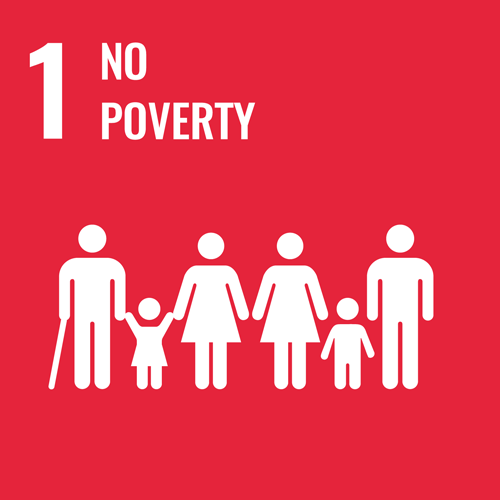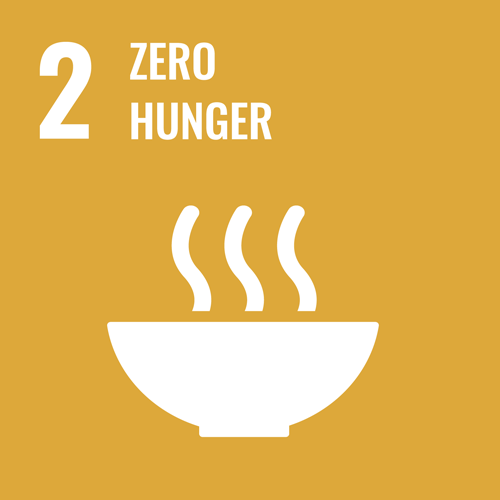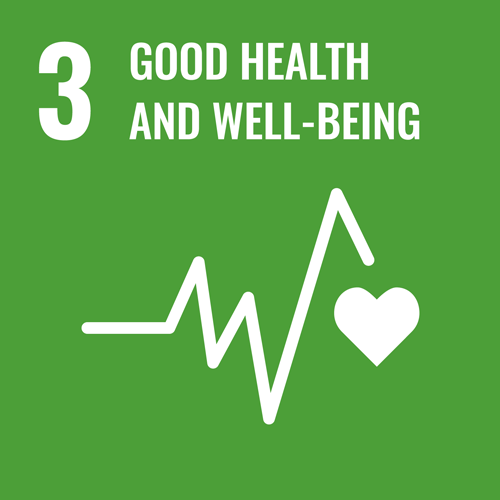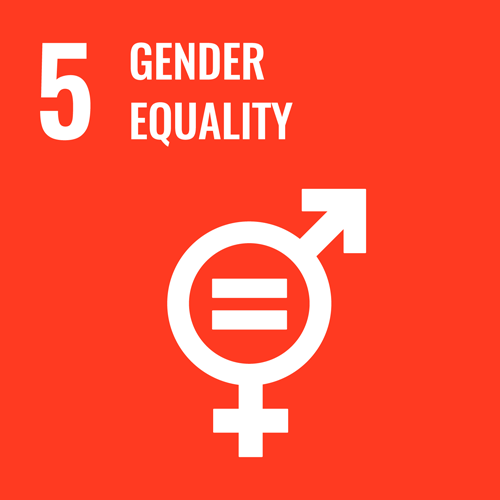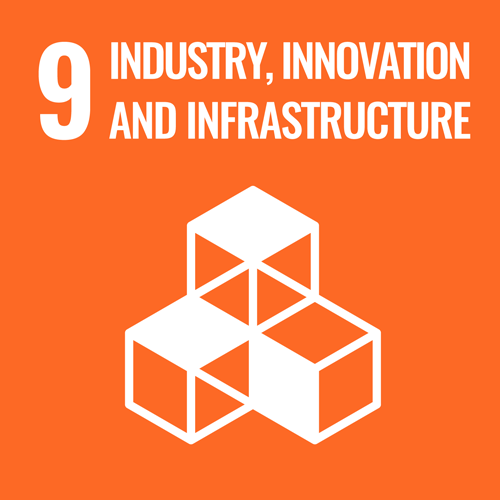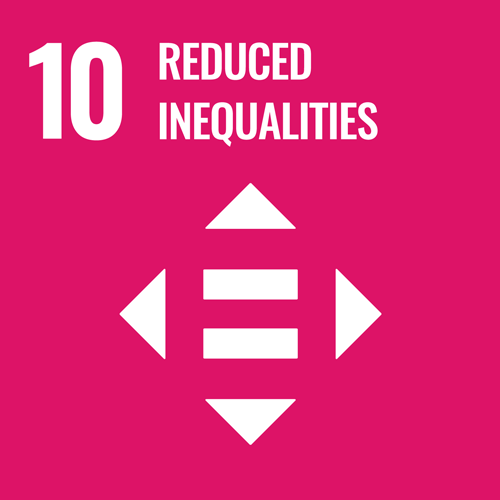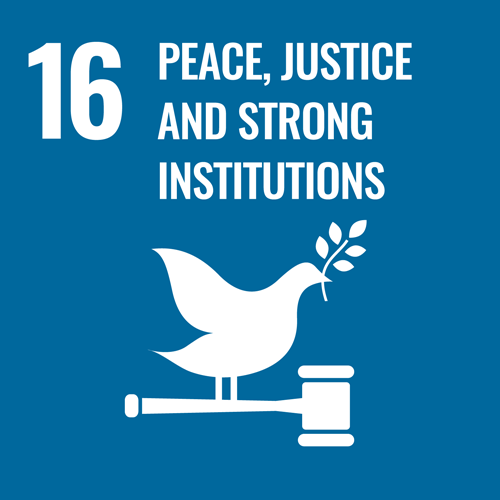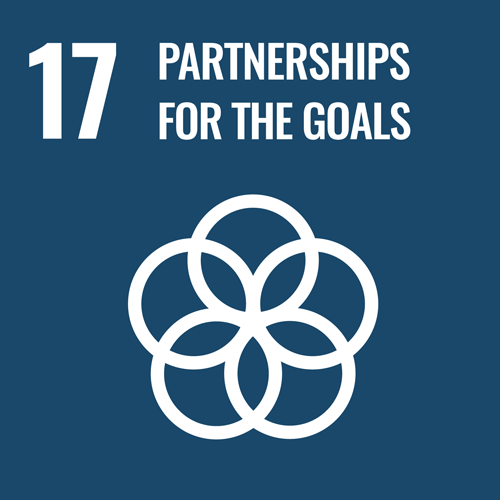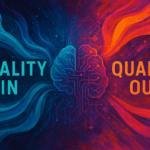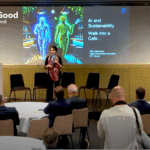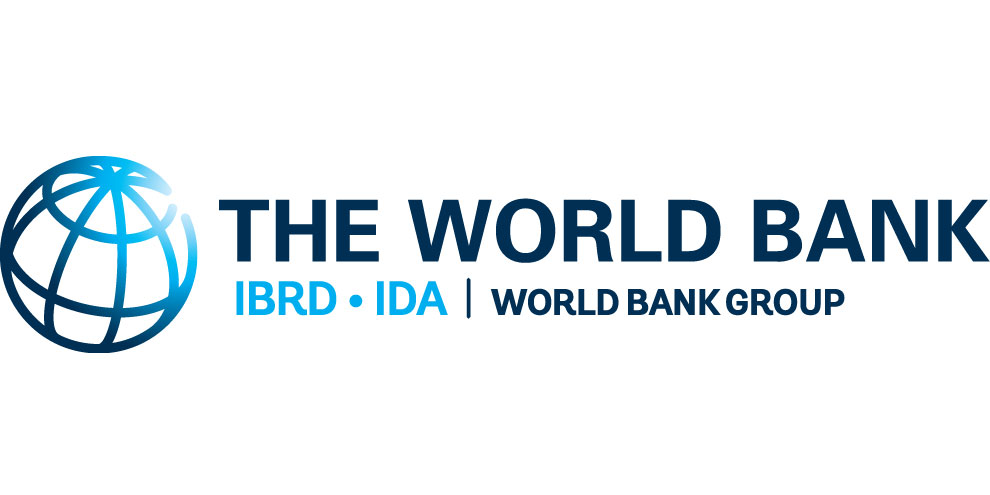
The World Bank Group works in every major area of development. We provide a wide array of financial products and technical assistance, and we help countries share and apply innovative knowledge and solutions to the challenges they face.
Description of Activities on AI
Project 1: Natural Language Processing (NLP) to evaluate the presence of gender biases in the written decisions of judges
Natural Language Processing (NLP) to evaluate the presence of gender biases in the written decisions of judges
- Do Judges Favor their Own Ethnicity and Gender? Evidence from Kenya: Leveraging publicly available information on hundredths of thousands of judicial decisions in Kenya, the team uses NLP to measure gender attitudes in the language of decisions and evaluate the presence of gender biases. The paper finds that the written judgments are on average shorter and less likely to be cited when defendants who are of the same gender or ethnicity as the judge win their case. This is consistent with in-group biased decisions being of lower quality. In addition, the findings show that female defendants are less likely to win the case if the judge exhibits stereotypical or negative attitudes towards women in their writings.
- Gender Attitudes in the Judiciary: Evidence from U.S. Circuit Courts: this is earlier work by some of the team members using the same method for the US. The paper proposes a novel judge-specific measure of gender attitudes based on use of gender-stereotyped language in the judge’s authored opinions. The authors find that slanted judges vote more conservatively in gender-related cases. Slant influences interactions with female colleagues: slanted judges are more likely to reverse lower-court decisions if the lower-court judge is a woman than a man, are less likely to assign opinions to female judges, and cite fewer female-authored opinions.
Project 2: Transmitting AI Training: Evidence from Policymakers in Pakistan
The World Bank Group’s Technology & Innovation Lab serves as a knowledge and advisory hub around emerging technologies. The Lab explores and provides technology advice on emerging technologies’ potential for innovative problem-solving, and operationalization approaches in both WBG internal and external operations. The Lab has partnered with WBG teams across various sectors to solve development challenges by applying user-centric design and technology foresight, and through prototyping and exploration with AI capabilities [e.g., machine learning (ML), neural networks, natural language processing (NLP), assistive technologies (chatbots), robotics] and other converging tech.
Project 3: Transport Systems Improvement Project (TRANSIP) in Ethiopia using AI
As a subcomponent of the Transport Systems Improvement Project (TRANSIP) in Ethiopia impact evaluation component, we have developed a video analysis tool using open-source AI and computer vision algorithms to produce data on incidents, such as near collisions, that are not normally captured by traditional road safety data, which tends to focus on accidents and fatalities. Using CCTV footage of over 200,000 minutes from surveillance cameras located around Addis Ababa, we employ AI to detect different types of objects, such as cars, buses and pedestrians. Furthermore, we assemble the objects’ trajectories, assign them to location specific movements (such as jaywalking, east-left-turn, etc.), compute their speed and develop a granular measure of near collisions between objects. This data will be used to evaluate the road safety related impact of different road improvements across the city and improve the targeting of interventions.
Project 4: Using AI to Analyze Road Traffic Crash Data in Kenya
Data on road traffic crashes is lacking in low-income countries with official data estimated to capture only 17% of road traffic deaths. Missing data largely results from poorly developed administrative data systems that often rely on paper records where data is not up to date. This project investigates whether data generated from smartphones and social media usage can help fill gaps in administrative records. Specifically, the project creates road traffic crash location data from crowdsourced crash reports posted on Twitter in Nairobi, Kenya. The project scraped 874,588 traffic related tweets from Nairobi and applied a machine learning model to capture the occurrence of a crash and developed an improved geoparsing algorithm to identify its location. We geolocate 32,991 crash reports from Twitter for 2012-2020, clustering them into 22,872 unique crashes. For a subset of crashes reported on Twitter, a motorcycle delivery service was dispatched in real-time to verify the crash and its location; the results show 92% accuracy.
Project 3: Transport Systems Improvement Project (TRANSIP) in Ethiopia using AI
As a subcomponent of the Transport Systems Improvement Project (TRANSIP) in Ethiopia impact evaluation component, we have developed a video analysis tool using open-source AI and computer vision algorithms to produce data on incidents, such as near collisions, that are not normally captured by traditional road safety data, which tends to focus on accidents and fatalities. Using CCTV footage of over 200,000 minutes from surveillance cameras located around Addis Ababa, we employ AI to detect different types of objects, such as cars, buses and pedestrians. Furthermore, we assemble the objects’ trajectories, assign them to location specific movements (such as jaywalking, east-left-turn, etc.), compute their speed and develop a granular measure of near collisions between objects. This data will be used to evaluate the road safety related impact of different road improvements across the city and improve the targeting of interventions.
Project 4: Using AI to Analyze Road Traffic Crash Data in Kenya
Data on road traffic crashes is lacking in low-income countries with official data estimated to capture only 17% of road traffic deaths. Missing data largely results from poorly developed administrative data systems that often rely on paper records where data is not up to date. This project investigates whether data generated from smartphones and social media usage can help fill gaps in administrative records. Specifically, the project creates road traffic crash location data from crowdsourced crash reports posted on Twitter in Nairobi, Kenya. The project scraped 874,588 traffic related tweets from Nairobi and applied a machine learning model to capture the occurrence of a crash and developed an improved geoparsing algorithm to identify its location. We geolocate 32,991 crash reports from Twitter for 2012-2020, clustering them into 22,872 unique crashes. For a subset of crashes reported on Twitter, a motorcycle delivery service was dispatched in real-time to verify the crash and its location; the results show 92% accuracy.
Project 5: Predictive Performance of household poverty models using Machine Learning
Household surveys give a precise estimate of poverty; however, surveys are costly and can only be fielded infrequently. This project aims at comparing the predictive performance of models based on globally available, spatially referenced public and private sector data sources that have been used to estimate poverty. We include daytime and nighttime satellite imagery, Facebook marketing data, OpenStreetMap data, among other sources. The project trains a machine learning model to predict levels and changes in poverty relying on ground truth poverty data across 82,000 villages and 59 countries, spanning Africa, Asia, the Americas, and Europe. Globally, the model explains over 60% of the variation of an asset-based poverty index at the village level and over 70% of the variation at the district level; in some countries, the model explains over 90% of the variation in poverty at the district level. Features from OpenStreetMaps, nighttime lights, and daytime imagery are most important in explaining poverty, where some features from Facebook Marketing data—such as the proportion of active Facebook users with interests in restaurants and luxury goods—are highly (negatively) correlated with poverty across most countries. Accuracy for predicting changes in poverty is lower, but the model explains above 25% of the variation in poverty in some countries. The model performs best in lower income countries and in countries with more variation in levels/changes in poverty.
Project 6: Fostering Long-term Savings linked to the Zambia Financial Inclusion Country Support Program
The project used a novel AI-based text-messaging-based intervention to: i) identify the behavioral barriers that lead to low engagement with formal financial services amongst those using the services; and ii) test strategies to help people overcome those barriers to increase engagement and financial security. Additionally, it provides the first evidence (that the team is aware of) on the impact of conversational machine-learning based, two-way text messaging designed to encourage savings and improve loan repayment behaviors through Q&A capabilities and efforts to enhance trust in formal financial products.
Project 7: Croatia Business Environment Reform with applied AI
The World Bank has been supporting the Ministry of Economy and Sustainable Development (MoESD) of Croatia in digitalizing Government to Business (G2B) service delivery for business registration and business licensing. This advisory work is carried out by the Bank at the request of the Government, with funding by the European Union, and in cooperation with the European Commission’s DG REFORM. The work involved piloting an innovative approach for mapping business administrative procedures that involved the application of AI/Machine Learning (ML) and Natural Language Processing (NLP). The developed digital algorithm processed 110 laws and 1,204 bylaws from the registry of regulations to identify more than 9,000 potential regulatory requirements in 33 administrative areas, including business authorizations (permits, licenses, etc.), and minimum conditions. Further, the data cleansing resulted in a mapping database of ~1,500 business-related administrative procedures. The Bank also produced a report on recommendations for publishing the mapping online and on a mechanism to keep the mapping data updated following regulatory changes, and a roadmap for modernization and digitalization of Government to Business (G2B) service delivery.
Project 8: Croatia Innovation and Digital Economy
The World Bank is supporting the government of Croatia by informing strategies for the improvement of the innovation performance of firms, and supporting the promotion of firm digitalization, as is set out in the sub-component C1.1.2. Resilient, Green and Digital Economy of the Croatian EU National Recovery and Resilience Plan (“NRRP”). The relevant sub-objective is the third sub -objective which is to provide technical input for the design and implementation of a national plan for digitalization and artificial intelligence.
Project 9: Disruptive Technologies for Agile Business Regulation
The Disruptive Technologies for Agile Business Regulation (Agile & RegTech KPD) was implemented from April 2019 through May 2021 to develop and pilot agile regulation approaches to unlock investments and enable regulatory service delivery while safeguarding public policy concerns and mitigating risks. The main result is introducing a new solution area/workstream within the World Bank Group – Regulatory Technology (RegTech). The project supported organizing one of the first workshops on Agile Regulation in cooperation with OECD, European Commission, UK Government Better Regulation Executive (BRE), and Massachusetts Institute of Technology Internet Policy Research Initiative (MIT-IPRI). For the agile regulation component, on the onset of the COVID-19 pandemic in March and April 2020, the project produced an internal white paper co-authored with OECD on AI and other emerging technologies to inform regulatory and non-regulatory measures to fight COVID-19. For the integrated regulatory delivery, the project developed research and publication on the New Technologies for Regulatory Delivery under the Donor Committee for Enterprise Development (DCED)
Project 10: Business environment guide and diagnostics
This project developed a business environment operational guide for project teams and a framework for a business regulation diagnostic framework to inform WBG analytics and facilitate the design of business environment reform programs. The business environment operational guide provides the overall framework and chapters for various business environment topics (entry and exit, operations, regulatory technology, informality, gender). The other deliverables (diagnostic framework, policy note on data-driven business registries, deliver framework for licensing and inspections, and the determinants of informality note) complement the operational guide by developing further the topic presented in the guide and providing more detailed toolkits. The guidance note on Data Driven Company Registry takes a deep dive into the frontier developments in the use of data, AI and other emerging technologies for company and business registration. The note summarizes key regulatory policies, presents an initial maturity model, and an implementation approach with a high-level roadmap. The note benefits from lessons learned from successful pilot projects (Denmark and Greece). It explores AI-augmented real-time company registration and the use of AI for the prevention of fraudulent behavior. It complements the chapter on Regulatory Technology Data and G2B in the Business Environment Operational Guide.
Project 11: Logistics performance index
Logistics Performance Index 2022: The objective of this activity is to produce a new version of the Logistics Performance Index (LPI; a biennial index established by the World Bank in 2007) and its component indicators, using Machine Learning and Big Data techniques, to make sense of large supply chain tracking data. This dataset will help policymakers to benchmark a country’s logistics performance and to develop informed policies and interventions in trade- and transport-related infrastructure, border management, and logistics services delivery.
The project relies on Machine Learning for two components:
- Deriving country indicators mimicking the scale of the survey bases LPI, using the information from a large number of supply chain tracking variables.
- In the future, derive logistics related indicators from GIS information (E.g. density of logistics) or social network data (Twitter, LinkedIn). Research in this area is postponed until delivery of the main indicator in late 2022.
Project 12: Economic networks
This project takes stock of existing leads and POC before proposing a concept note to propose applying ML-inspired methodology to improved trade costs and trade composition/complexity databases. The concept is to exploit the low effective dimensionality of actual trade networks and identify with ML the latent features. This applies to trade composition and trade costs. ML algorithms identify latent geometry consistently with known elementary economic mechanisms (productivity, gravity).
Project 13: Fraud analytics in Algeria
This multidimensional project provides technical support to Algeria’s Customs Services as part of a broader project regarding barriers to exports in Algeria. One of the activities consist in developing a machine learning model to predict the probability that a new-submission is fraudulent. Algerian Customs has shared its historical database with the Bank to facilitate this activity.
Project 14: Fraud analytics Kenya
This project aims at helping the Kenyan Revenue authority implement tools to better target fraud of corruption, including AI application similar.
Project 15: Fraud analytics Armenia aka smart risk management
This project helps the Armenian revenue authority implement a fraud targeting tool based on AI.
Project 16: Using remote sensing and artificial intelligence to measure trade node activity
The objective of this project is to demonstrate the use of alternative tools based on artificial intelligence and remote sensing of domestic and international trade nodes and corridors, based on quantitative, objective metrics, to inform policy and country interventions.
Project 17: Monitoring hate speech and misinformation on social media in Nigeria
The World Bank Development Impact Evaluation Department (DIME) and the Nigeria team of the UK Foreign, Commonwealth and Development Office (FCDO) have launched a collaboration to track and understand the spread and impact of misinformation, fake news, hate speech and divisive narratives in Nigeria. This interactive dashboard highlights trends in the proliferation of hate speech and fake news on Twitter and patterns of internet searches containing references to ethnic or religious groups and general terms associated with politics and potential conflict.
Project 18: Impact of artificial intelligence in developing countries
The objective of this report is to inform the policy debate around AI in developing countries and help them prepare for the future. The first part of this report will provide an overview of the technology, the AI value-chain, and the supporting infrastructure needed to enable AI applications and solutions. The second part of the report will explore AI applications in developing countries, including a review of economic opportunities and risks as well as opportunities and risks in social development. The third part of this report will present an overview of AI policy options and different approaches to governance models in a selection of leading AI countries. The final part of this report will present an approach to support the design of policy responses in developing countries.
Project 19: Artificial Intelligence in the Public Sector: Maximizing Opportunities, Managing Risks
This report provides a preliminary synthesis of the existing opportunities, risks, and building blocks required for implementing and integrating AI in government operations. The report also highlights policy, governance, and people aspects necessary for AI implementation. It draws on the accumulated literature, case studies, and emerging trends to provide guidance to World Bank teams working in this field.
Project 20: Risk Assessment Framework to Identify and Classify Ethical Risks from AI use in World Bank Projects
This initiative aims to develop a risk assessment framework to identify and classify ethical risks that might be present in World Bank projects, using the OECD Framework for the Classification of AI Systems as a basis for AI tasks classification. Approaches to AI risk assessment frameworks by other multi-lateral development banks and related institutions will also be reviewed.
Project 21: Starting Points for Trustworthy AI at the World Bank, using the WBG’s Environmental and Social Framework (ESF)
This report explores artificial intelligence in the context of the Bank’s Environmental and Social Framework (ESF), which has emerged as the primary lens through which the Bank assesses risks and social impacts. The purpose of this report is to identify key ethical commitments relating specifically to artificial intelligence within the ESF and related frameworks at the Bank. Approaches by other multi-lateral development banks and related institutions to develop trustworthy AI will also be reviewed.
Project 22: Tools for Identifying Human Rights Impact and Ensuring Algorithmic Accountability in World Bank Operations Using Artificial Intelligence and Big Data Analytics
Building on the rights-based trust framework proposed by the WDR and based on the experiences of COVID-19 operations, this proposal is aimed at ensuring that staff working on World Bank operations have the tools to (i) identify when AI elements of components might impact human rights, and (ii) ensure that appropriate and proportionate rights-ensuring “algorithmic accountability” elements are included in such operations.



